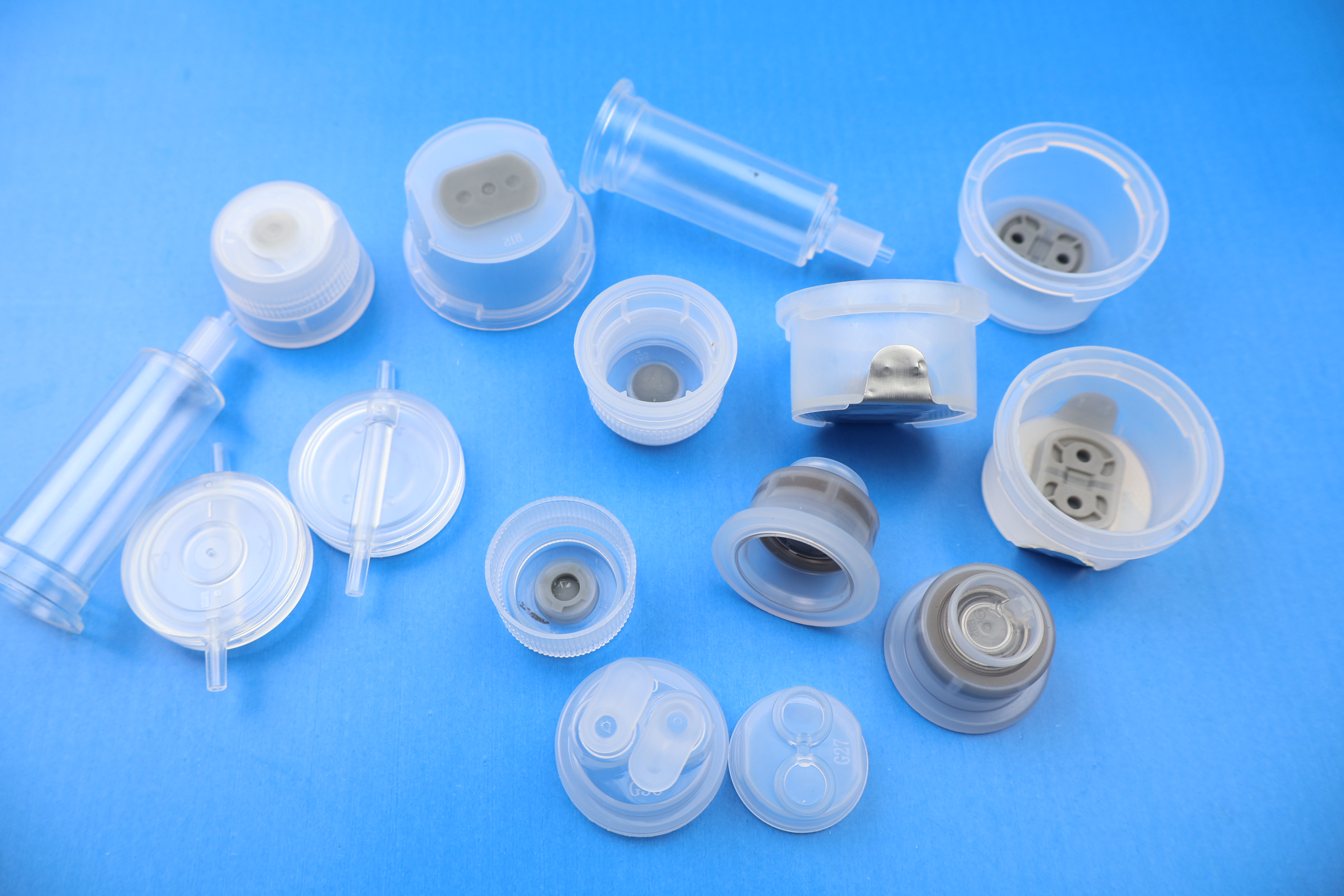Views: 0 Author: Site Editor Publish Time: 2025-10-09 Origin: Site

Selecting the right flexible material is a foundational decision in product design, impacting cost, performance, user safety, and manufacturability. While PVC, Silicone, and Thermoset Rubber have been longstanding options, Thermoplastic Elastomer (TPE) pellets often provide a superior balance of properties. This comprehensive guide from Shandong Trifon, a leading TPE granules supplier, provides a head-to-head comparison to empower your decision-making.
We will evaluate each material across six critical dimensions:
Cost-Efficiency
Performance & Durability
Ease of Processing
Safety & Compliance
Environmental Impact
Design Flexibility
1. TPE Pellets vs. PVC (Polyvinyl Chloride)
The Verdict: TPE is often the superior, modern alternative.
Detailed Comparison:
Safety & Compliance: PVC requires plasticizers (like phthalates) for flexibility, which are increasingly regulated. TPEs are inherently flexible and can be formulated without regulated substances, easily complying with REACH, RoHS, and FDA standards.
Performance: TPEs offer a superior, non-sticky soft-touch feel and better low-temperature flexibility than PVC.
Environmental Impact: TPEs are recyclable, whereas PVC recycling is complex and less common.
When to Choose PVC: Primarily in ultra-low-cost, rigid, or non-safety-critical applications where regulatory compliance is not a concern.
2. TPE Pellets vs. Silicone Rubber
The Verdict: TPE wins on cost and speed; Silicone wins on extreme temperature performance.
Detailed Comparison:
Cost-Efficiency: TPE pellets are significantly less expensive than silicone rubber, both in raw material cost and processing.
Ease of Processing: TPEs are processed on standard plastic injection molding machines with fast cycle times. Silicone is a thermoset, requiring slower, high-heat curing processes.
Performance: Silicone retains its properties across a much wider temperature range (e.g., -55°C to 300°C). TPEs are suitable for most common applications (-40°C to 120°C).
When to Choose Silicone: For medical implants, high-temperature cookware, aerospace, and other extreme environment applications.
3. TPE Pellets vs. Thermoset Rubber (e.g., EPDM, NBR)
The Verdict: TPE offers massive efficiency gains for most non-specialized applications.
Detailed Comparison:
Ease of Processing & Cost: This is TPE's greatest advantage. Thermoset rubber requires vulcanization, a slow and energy-intensive process. TPEs can be injection molded with cycle times 50-70% faster, drastically reducing labor and energy costs.
Design Flexibility: TPEs allow for complex geometries and easy overmolding onto plastics. Recyclable sprues and runners can be reground and reused, minimizing waste (up to 100% regrind usage in some cases).
Performance: Thermoset rubbers may offer slightly better compression set and chemical resistance in specific, harsh conditions.
When to Choose Thermoset Rubber: For high-performance seals, gaskets, or parts requiring exceptional resistance to oils, fuels, or extreme compression over long periods.
A common risk for engineers is the uncertainty of switching from a familiar material (like PVC) to TPE.
Pain Point: Fear of production line redesign and processing complications.
Our Solution: Our technical team provides end-to-end support. We supply processing guidelines and can help optimize your machine settings. The transition is often seamless, as TPEs run on the same equipment you use for rigid plastics, unlocking new design possibilities like overmolding.
Q1: Can TPE pellets achieve the same level of transparency as PVC or Silicone?
A: Yes. We offer crystal-clear, transparent TPE grades that are ideal for applications requiring visibility, such as medical tubing or consumer product packaging.
Q2: We currently use silicone for medical devices. Is medical-grade TPE a viable option?
A: Absolutely. We produce ISO 10993 and USP Class VI tested TPE pellets that are perfect for medical device housings, seals, and components. They offer cost savings, faster production, and a softer feel without compromising biocompatibility.
Q3: How does the long-term aging of TPE compare to EPDM rubber?
A: Modern TPE compounds, especially those enhanced with stabilizers, offer excellent resistance to UV aging and ozone, making them suitable for many outdoor applications that were once the domain of EPDM.
Q4: Is the tooling for TPE injection molding different from PVC?
A: The principles are very similar. In many cases, you can use the same or slightly modified tooling. We recommend a consultation with our engineers to review your specific tool design for optimal TPE performance.
While every material has its place, TPE pellets consistently offer an unbeatable combination of performance, safety, processing efficiency, and design freedom for a vast range of applications.
Let the TPE experts at Shandong Trifon guide your material selection. Contact us to discuss your application and request free material samples for testing.